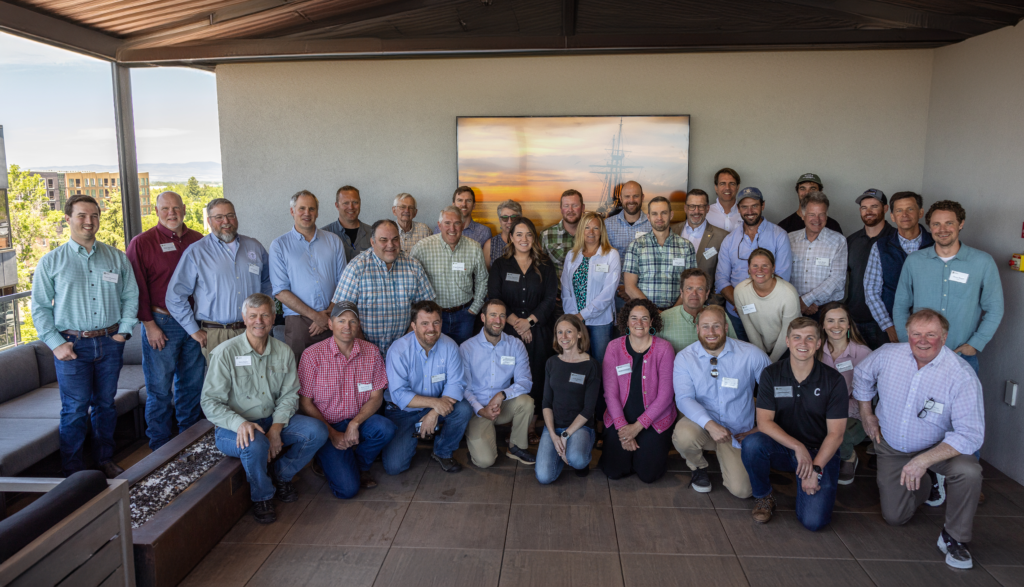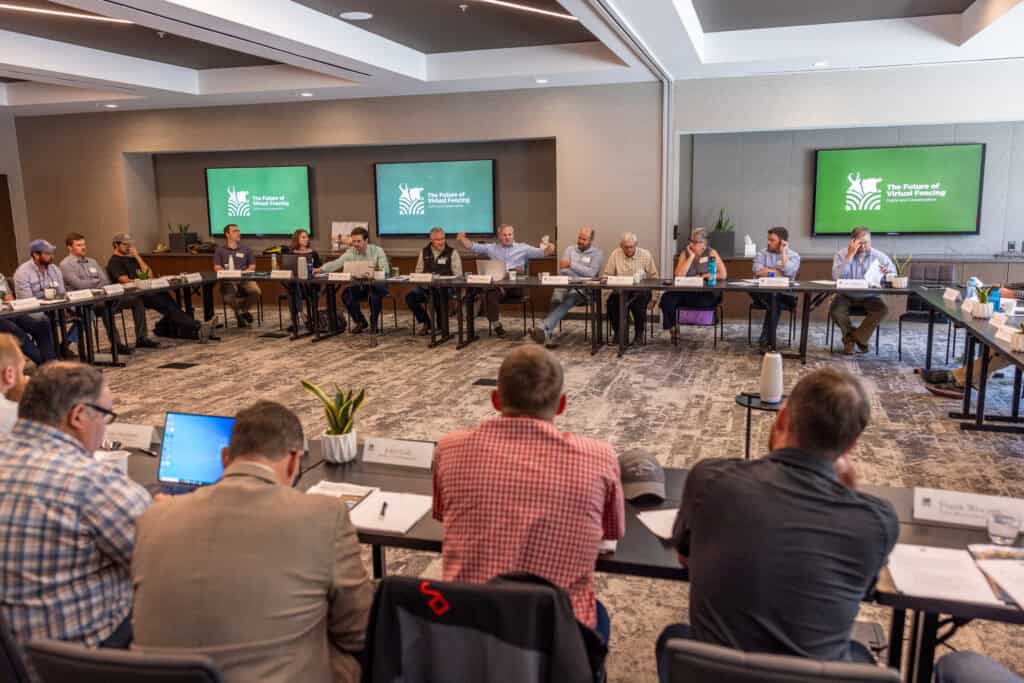
Known for its vast open landscapes unmarred by development and rich in wildlife, Montana served as the perfect backdrop for a gathering of leaders to discuss how an emerging technology could facilitate conservation on western landscapes.
Earlier this month, PERC co-hosted The Future of Virtual Fencing: Cattle and Conservation with the Beyond Yellowstone Program. The largest gathering of its kind, the workshop convened more than 40 key leaders and stakeholders from across the technology, ranching, government, philanthropic, academic, and conservation communities. The gathering provided the diverse group the opportunity to learn how virtual fencing technology is being applied in the field and explore how it could be utilized beyond agriculture to facilitate wildlife conservation.
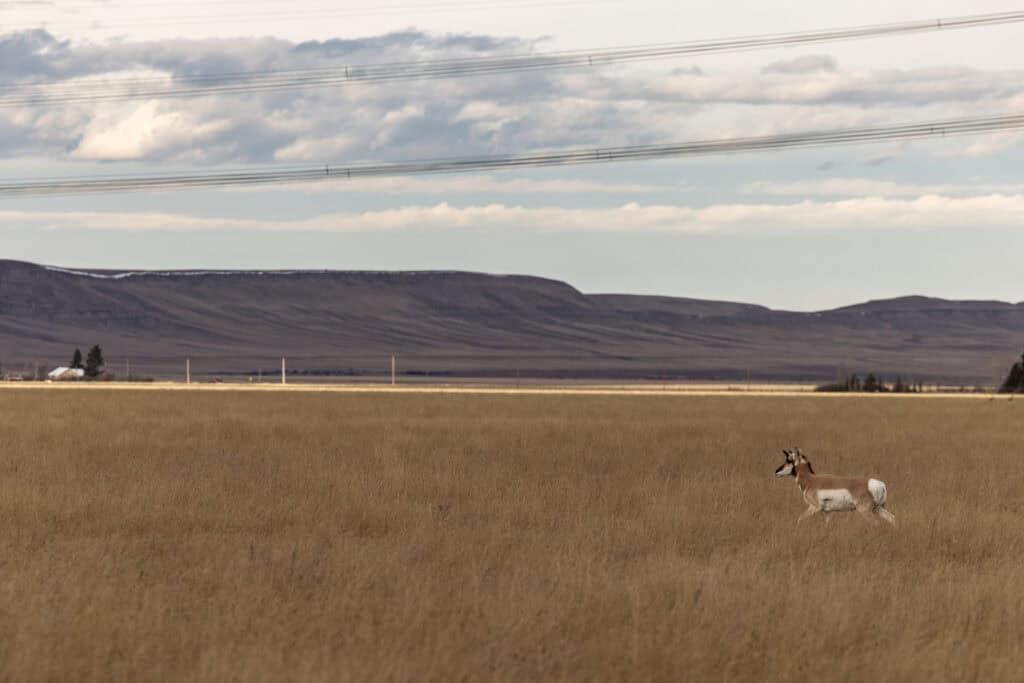
Traditional barbed wire fencing crisscrosses the American West, having transformed much of the rugged landscape into productive agricultural land, and established the region’s property rights. It also, however, fragments important wildlife migration corridors, ensnaring migratory wildlife and disrupting key habitats. Wildlife like elk and pronghorn can get caught in traditional fences and birds often fatally collide with wires.
Today, virtual fencing increasingly appeals to the ranching community as it offers a more flexible and lower-maintenance way to manage their land. Barbed wire, for example, requires constant upkeep and is often cited as a major maintenance expense and time commitment. A virtual alternative, therefore, has the potential to improve a rancher’s bottom line and help conserve wild landscapes. The cowboy way of life can thrive with increased economic viability and the wildlife that roam this landscape can do so unencumbered.
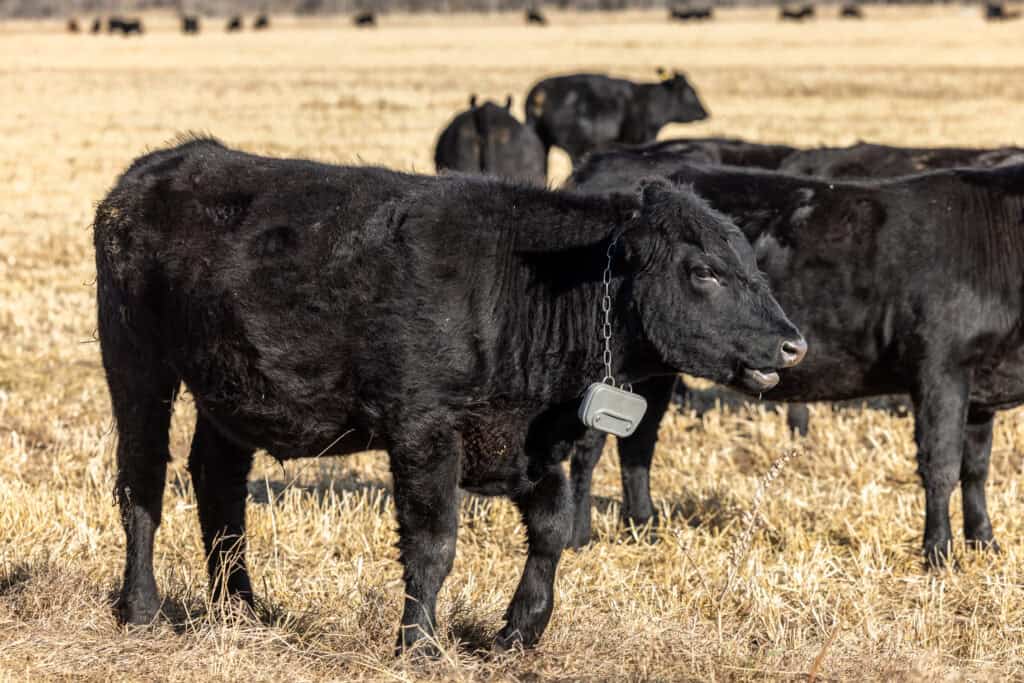
A game changer
So how does virtual fencing work? Cattle are equipped with a GPS collar that sends signals to the animal meant to deter it from crossing the virtual boundary. First, a sound is emitted when the animal approaches the boundary. Then, if the cow crosses the boundary, it feels a light shock. Solar-powered base stations or cell towers connect across the virtual network, and an app tracks the cattle’s location. The virtual boundaries can be changed according to the needs of the rancher, offering a degree of flexibility not possible with traditional fencing.
“Virtual fencing has huge potential to enhance agricultural productivity while improving conservation outcomes across the West, from opening migration routes to reducing human-wildlife conflict,” noted Arthur Middleton, associate professor of wildlife management and policy at the University of California, Berkeley, and director of the Beyond Yellowstone Program. “This workshop helped bring together early adopters and other key stakeholders to more quickly realize those goals.”
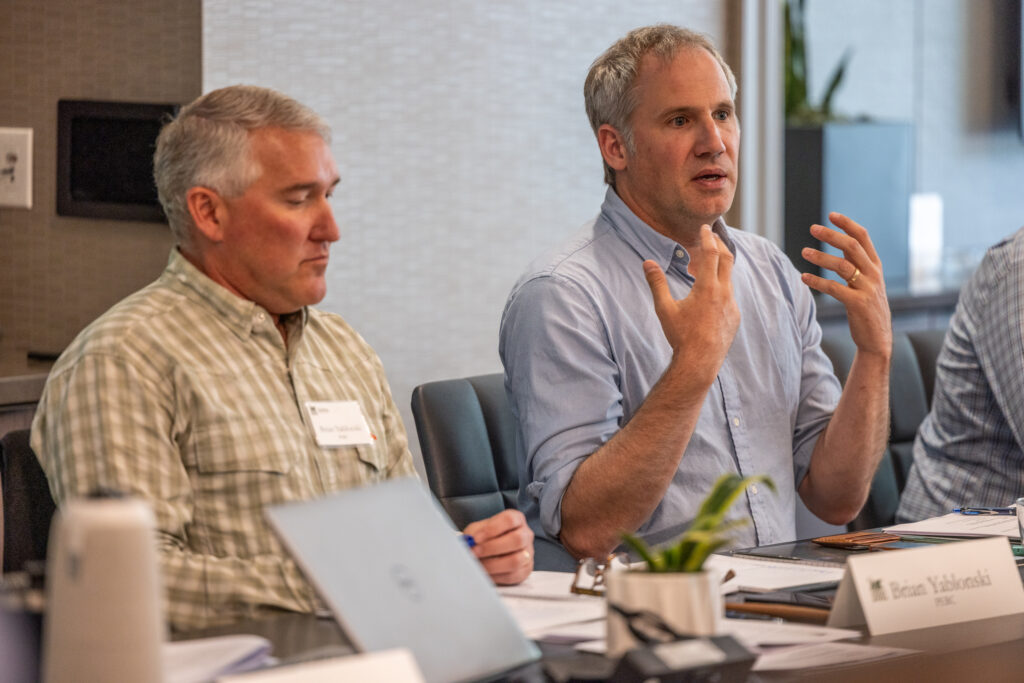
Clearly, this technology has the potential to boost wildlife conservation across the West, and conservation organizations are taking note.
With generous sponsorships from the Greater Yellowstone Coalition, World Wildlife Fund, and the University of Wyoming’s Ruckelshaus Institute of Environment and Natural Resources – MacMillan Private Lands Stewardship Program, and support from the Alumbra Innovations Foundation, the workshop drew key members of the conservation community.
Likewise, leadership from federal agencies like the Department of Agriculture, Bureau of Land Management and Fish and Wildlife Service, as well as state wildlife agencies participated in the discussion.
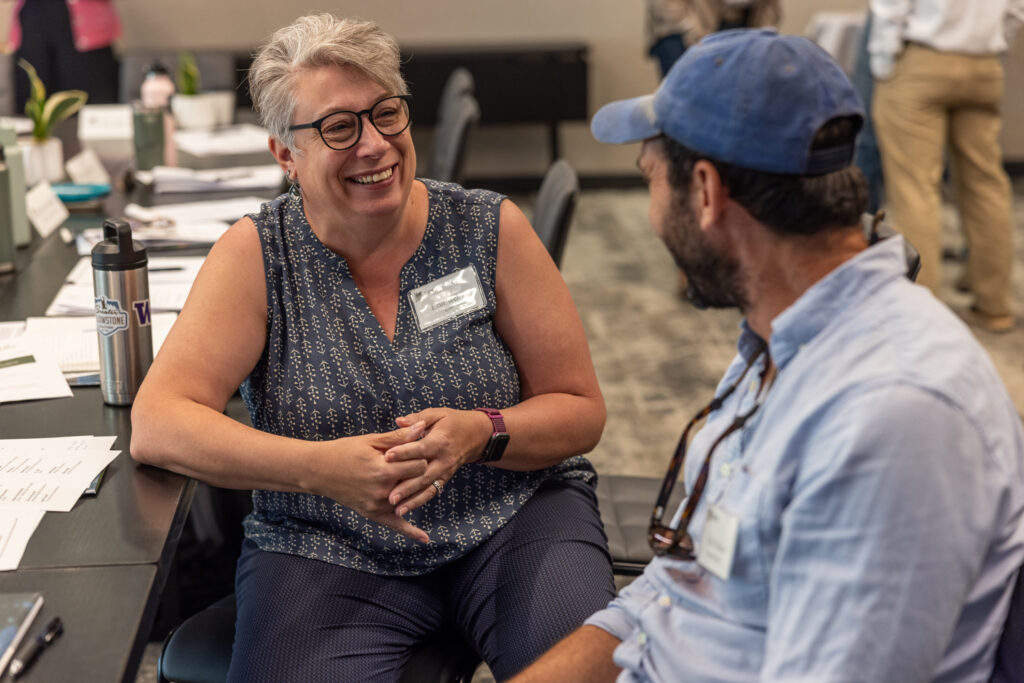
Partnerships fueling progress
As with all new technologies there are, of course, kinks to be worked out. Thankfully, executives from the leading virtual fence technology companies from around the world attended the workshop and received valuable feedback from the practitioners using their products, as well as shared their thoughts on the role the technology can play in wildlife conservation.
PERC is proud to have convened this diverse group and is thrilled to see the enthusiasm that exists for this technology. Too often, each of these stakeholder groups—ranchers and conservationists, tech leaders and government regulators—sit on opposite sides of the table and don’t have the opportunity to collaborate as partners. The workshop served as common ground where goals, priorities, concerns, and feedback could be shared openly and productively. The future of virtual fencing and western landscape conservation looks bright.
